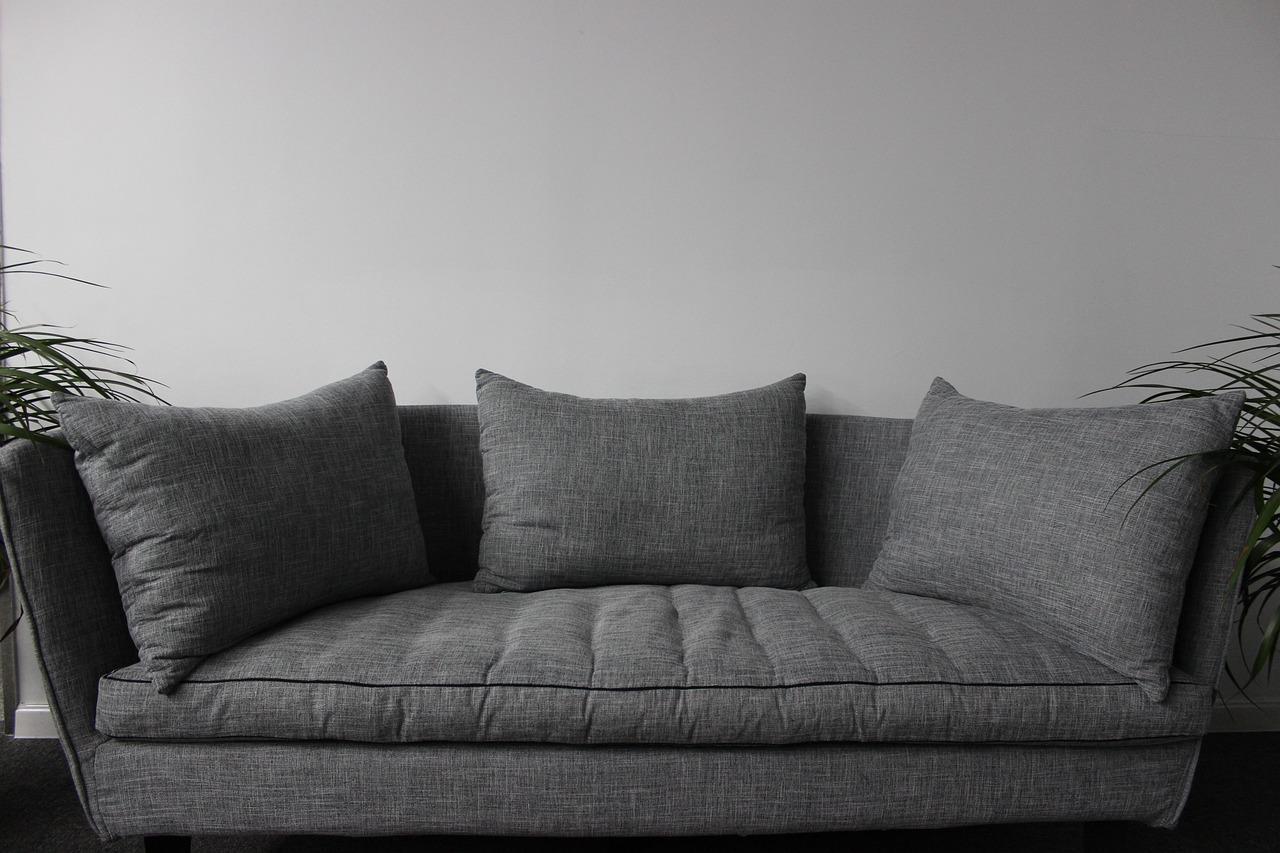How to Sit on Sofa with Lower Back Pain? Tips and Tricks

Back pain is one of the most common ailments in the world. More than 50% of the UK population reports experiencing back pain at one point or another during the year, and often, it is severe enough to impact the health and productivity of the person.
Whether it is relaxing after a long day of work, spending time with the family, or working remotely, experiencing back pain while sitting on a sofa can substantially lower your quality of life.
Thankfully, there are solutions. From improving your poor posture to making changes to your sofa bed, there are practical ways of making your living room more comfortable and welcoming, saying goodbye to back pain and muscle ache. If you want to know more about these solutions, continue reading!
Understanding Back Pain
What’s commonly known as “back pain” is an umbrella of diseases and illnesses that cause various degrees of discomfort. This is partly why “back pain” is so common; it has a large number of causes. Understanding what precisely is causing your backache is important when coming up with a solution.
- Herniated or bulging intervertebral discs: Intervertebral discs are fibro cartilaginous disks that stand between the vertebrae bones in the human spine. They reduce strain on the bones and aid in moving, turning, and carrying weight. But either due to age, lifestyle choices, or health issues, these discs can experience herniation or bulging, which results in considerable backache.
- Muscle strains: After exercising, carrying heavy weights, or other physically exhausting activities, your back and abdominal muscles will start aching, and while the fatigue is temporary, it can cause stiffness and discomfort.
Good Posture and Comfortable Position to Avoid Back Pain
Good posture is key to ensuring comfort on the couch, especially when sitting down for a considerable amount. It makes all the difference regarding how much you strain your spine, how much pressure you put on your muscles, and how much support your neck and shoulders have.
But “good posture” is a nebulous term. How exactly should you position your legs, knees, hips, and feet? We’ll give a detailed answer to this question in this section.
- Sit in an Upright Position
Keeping your neck and back straight while relaxing on the couch will avoid putting undue pressure on your spine, which can cause discomfort in the short term and back pain in the medium to long term. If you have a bad posture, it can be hard to remain upright for extended periods, but once you develop the habit, it should come naturally, and your back will thank you for it!
- Ensure Your Lower Back is Fully Supported
Lower back support is highly important when looking to avoid back pain, as the lower back, known scientifically as the lumbar spine, largely bears the entire weight of the upper body and its facet joints are more susceptible to straining and pain. Thankfully, there are a few ways to support the lower back when using a couch, from sitting upright against the backrest to using a cushion.
- Regularly Stand Up and Stretch
The longer you sit on a sofa holding a single posture, the more you put additional strain on your back, neck, and shoulder muscles. Over time, prolonged sitting leads to noticeable back pain. Regularly standing up, walking around for a few brief moments, and stretching is a great way of helping your muscles and joints relax.
- Positioning Your Legs, Knees, and Feet
Maintaining the normal curve of your spine is a great way to avoid pain when you’ve strained or sprained your body. Thankfully, this is easy to do. You just need to position your body correctly: keep your feet flat on the floor, your hips at a right angle, your head upright, and your legs straight and not crossed. This position will help your body be in perfect alignment and make sitting more enjoyable!
How Can I Make My Sofa Better for My Back? 4 Tips
Preventing back pain isn’t just about your posture, it is also about the sofa you have. Soft sofas with no backrest, for example, encourage slouching and don’t provide sufficient back support, causing both momentary and long-lasting back pain. Thankfully, there are ways to make your sofa more comfortable for your back, and this section will give you 4 practical and easy-to-implement tips you can try out right away!
#1 Add Pillows
Pillows are an excellent addition to your sofa. Not only are they a great visual element, but they can encourage good posture by supporting your back while sitting and relaxing on the sofa. With many styles, sizes, and types, homeowners have a lot of flexibility regarding which pillows to purchase, being able to buy ones that create the most comfortable sitting position while matching the style of their home.
#2 Change the Sofa Recline Angle
The sofa’s recline angle needs to be just right to properly support your back. Too steep or too narrow an angle, and you’ll see your upper body twisted in uncomfortable ways when trying to sit. Adjust the position and angle of the sofa until you find an arrangement that makes sitting comfortable!
#3 Replace the Sofa Cushion Foam
Soft, worn-out cushion foams make the sofa look run down and more uncomfortable. Old, soft cushion foam simply doesn’t provide enough support for your back when you sit on a sofa, resulting in often back pain.
Replacing cushion foams of your sofas will make them feel brand new, making sitting down and relaxing cosy and comfortable.
#4 Replace the Sofa
If you want to prevent lower back pain, ensure your head, neck, spine, hips, shoulders, and legs are all properly supported, you sometimes have no choice but to replace the sofa. A high-quality modern sofa is designed with ergonomics in mind, easing you into the best sitting position for lower back pain through the use of backrests, reliable cushions, and great fabric.




